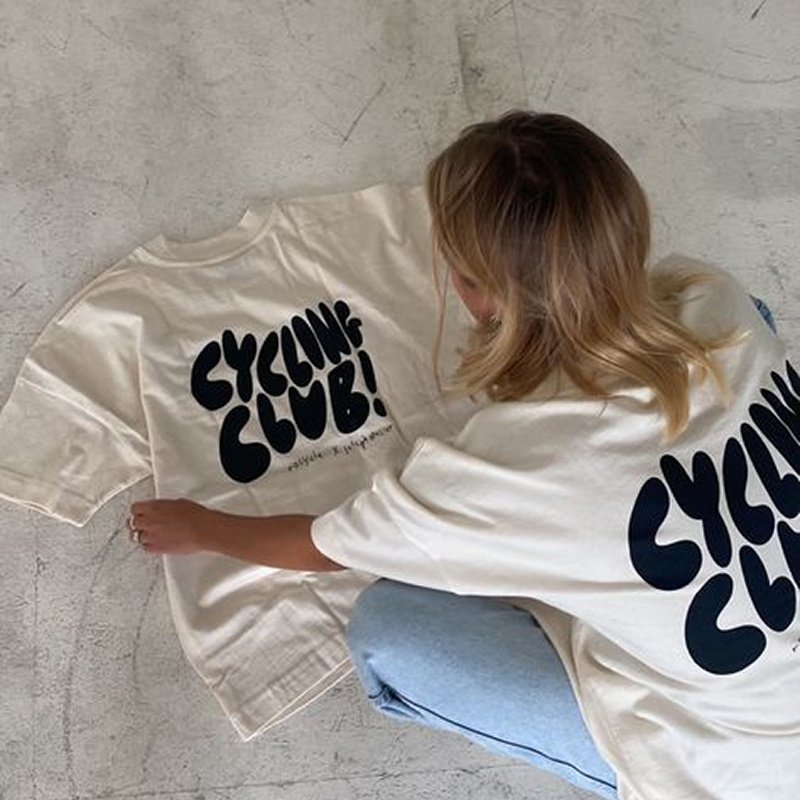Introduction: A Garment That Defines Generations
If the T-shirt is the face of casual fashion, then the hoodie is its soul. With its attached hood, soft fabric, and casual cut, the hoodie has transcended its humble athletic roots to become a cultural and political statement, a fashion staple, and a global uniform of comfort.
From its invention in the 1930s as functional workwear, the hoodie has evolved through sports, music, streetwear, and activism. Today, the hoodie is more than clothing—it is identity, protection, rebellion, and self-expression stitched into cotton and fleece.
Chapter 1: The Birth of the Hoodie – 1930s Workwear
Champion’s Innovation
The hoodie was born in 1930s America. The sportswear brand Champion developed the first hooded sweatshirt for workers in freezing New York warehouses. The hood was not about fashion—it was purely functional, providing warmth and protection.
Champion’s fabric innovation, reverse-weave knitting, made the hoodie durable and shrink-resistant, perfect for laborers and athletes alike.
Utility Over Style
At this stage, the hoodie was not stylish. It was workwear—worn by laborers, athletes, and later, military trainees. But this practical garment had the seeds of a global fashion revolution.
Chapter 2: The Hoodie in Sports and Academia – 1940s–1960s
Sports and Training Gear
By the 1940s and 1950s, the hoodie became standard athletic wear, embraced by football players, track runners, and college teams. The hoodie’s association with sports laid the foundation for its future as a symbol of youth culture.
College Campuses
As universities adopted hoodies as training uniforms, students began wearing them off the field. The hoodie slowly crossed from athletic gear to campus casual wear, especially in colder regions of the U.S.
This was a key shift: the hoodie moved from purely functional to socially visible.
Chapter 3: Pop Culture and the Rise of Cool – 1970s–1980s
Rocky Balboa and the Hoodie of Determination
The 1976 film Rocky immortalized the hoodie. Sylvester Stallone’s character, training in a grey hoodie through Philadelphia streets, gave the garment a new association: grit, perseverance, and the underdog spirit.
Hip-Hop and Street Culture
At the same time, the hoodie became a cornerstone of hip-hop style in New York. Breakdancers, graffiti artists, and rappers adopted it for both functionality and anonymity. The hoodie was warm, affordable, and provided cover when operating outside the law.
Skaters and Surfers
The 1980s also saw skateboarding and surf culture embrace hoodies. Comfortable, rugged, and layered with graphic prints, hoodies became central to these subcultures.
Chapter 4: The Hoodie and Controversy – 1990s–2000s
The Hoodie as a Symbol of Rebellion
By the 1990s, the hoodie was no longer just sporty—it was rebellious. Associated with hip-hop, graffiti, and skater subcultures, hoodies were worn by youth who stood outside mainstream fashion.
Criminalization of the Hoodie
Unfortunately, this association also bred stereotypes. In the U.K., shopping malls banned hoodies, labeling them as the uniform of shoplifters and gangs. Media coverage reinforced the hoodie as a symbol of deviance.
Yet, as with many stigmatized garments, the hoodie thrived because of the controversy. Wearing one became a subtle act of rebellion.
Chapter 5: The Hoodie as Protest and Political Symbol
Trayvon Martin and Racial Injustice
In 2012, the killing of Trayvon Martin, a 17-year-old African American wearing a hoodie, sparked global outrage. Protesters wore hoodies in solidarity, turning the garment into a powerful political symbol against racial profiling and injustice.
The hoodie was no longer just casualwear—it was a visual protest.
Social Movements and Activism
Beyond racial justice, hoodies have also been used in climate protests, feminist marches, and political campaigns. Its simplicity and ubiquity make it a powerful, accessible tool for collective identity.
Chapter 6: The Hoodie in Luxury Fashion – 2010s–Present
Streetwear Goes High-End
The 2010s saw the hoodie rise from streetwear to luxury runways. Designers like Vetements, Balenciaga, and Off-White elevated the hoodie into a status item. Suddenly, hoodies that once cost $20 were selling for $800 or more.
Tech Culture and the Hoodie Uniform
Silicon Valley cemented the hoodie’s image as a modern uniform of innovation. Figures like Mark Zuckerberg wore plain hoodies to symbolize a break from corporate formality. The hoodie became the anti-suit: a sign of disruptive power.
Global Ubiquity
Today, hoodies are worn everywhere—by teenagers in Seoul, artists in Berlin, activists in New York, and luxury shoppers in Paris. They’ve reached true universality, much like the T-shirt.
Chapter 7: Why the Hoodie Endures
- Comfort: Soft, warm, and practical.
- Versatility: Works for sports, lounging, or layering in fashion.
- Symbolism: Represents rebellion, community, or tech innovation.
- Unisex Appeal: Transcends gender and age barriers.
- Adaptability: From $15 Champion basics to $1000 luxury pieces.
Chapter 8: The Future of the Hoodie
Sustainability
Like the T-shirt, the hoodie faces questions about fast fashion and sustainability. Future hoodies may rely more on recycled fabrics, organic cotton, and ethical production chains.
Technology and Innovation
The hoodie could merge with technology: built-in headphones, heating elements, or augmented reality features. Sports brands are already experimenting with performance hoodies for athletes.
Eternal Comfort
Despite technological changes, the hoodie will remain a garment of comfort and belonging. Its universality ensures it will never fall out of style.
Conclusion: The Hoodie as Modern Armor
The hoodie began as humble workwear, designed to keep warehouse workers warm. Over less than a century, it transformed into a cultural powerhouse—at times vilified, at times celebrated, but always relevant.
It is athletic yet rebellious, casual yet luxurious, stigmatized yet beloved. The hoodie’s contradictions are what make it powerful. For some, it is comfort; for others, it is protest. For Silicon Valley billionaires, it is a uniform; for activists, it is solidarity.
The hoodie is more than fabric—it is a mirror of society’s tensions and transformations. It is, in many ways, the most symbolic garment of the 21st century.



